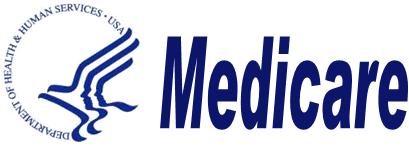HIV and Women
Many people mistakenly believe that, in the United States, AIDS and HIV infection primarily affect men. In reality, the percentage of cases of AIDS and HIV occurring among women has been steadily increasing in recent years. According to data from the Centers for Disease Control, 26% of all cases of AIDS in the year 2000 occurred among women. In comparison, women only comprised 10% of all AIDS cases in 1986. Among adolescents and young adults, the statistics are even more startling – women and girls make up nearly half the cases of AIDS in the 13 to 34 year old age group.
These statistics only really measure the tip of the iceberg, since the number of women who are infected with HIV but who have not yet developed clinical AIDS is not known. While all states require reporting of AIDS cases, most do not require the reporting of HIV infection. Since it may take 10 years or longer for someone with HIV infection to develop AIDS, available statistics may grossly underestimate the problem of HIV in women.
The statistics show that HIV/AIDS affects women of all races in both urban and rural areas. New York State, with a rate of 23.4 cases of AIDS per 100,000 women, has the single highest rate of AIDS among women in the United States. African American women have been particularly hard hit, comprising 63% of all cases of AIDS among women. Hispanic women and white women each make up about 18% of cases of AIDS among women.
The primary means of acquiring AIDS among women is heterosexual contact. In the early years of the epidemic, a majority of women with AIDS in the United States acquired the illness through injection drug use. In 2000, only 35% of cases occurred among injection drug use; 62% of cases occurred were felt to be acquired by heterosexual contact.
HIV/AIDS affects not only women themselves, but puts their unborn children at risk. AIDS can be spread from mother to child during pregnancy, during childbirth, or during breast feeding. Fortunately, new treatments for HIV can reduce the risk of transmission from mother to child to less than 2%.
New treatments for HIV have greatly improved the prognosis for HIV infected individuals, but we still do not have a cure. The best means of combating AIDS is prevention. Preventing or reducing the risk of sexual transmission of AIDS hinges upon several strategies. Among sexually active women, limiting the number of sexual partners, frank discussion of sexual history with new partners, and the use of condoms are all effective means of lowering risk. Given the growing rate of HIV/AIDS among adolescent girls, it is imperative that people talk to their sons and daughters about the risk of contracting AIDS through unprotected sex.









